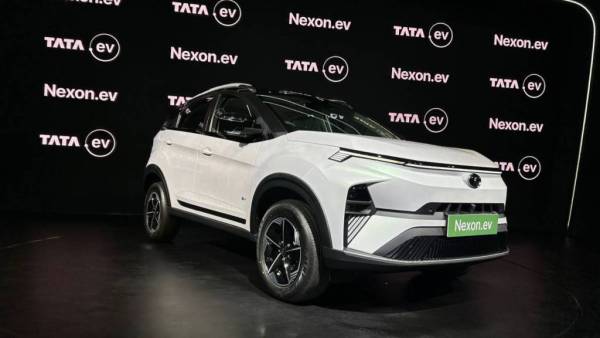
India has provided duty concessions to UK auto exporters only on large petrol and diesel vehicles and highpriced electric vehicles, while protecting sensitive segments of the domestic automotive industry, especially small and midsized cars and lowerpriced EVs, under the bilateral trade pact.
No concessions have been given to electric, hybrid, or hydrogenpowered vehicles during the first five years of the agreement, underscoring the government’s cautious and developmentoriented approach to liberalising its automobile sector.
Under the deal, India has extended a phased and quotabased liberalisation offer to the UK in the automobile sector, limited to completely built units (CBU) of passenger vehicles. These include internal combustion engine (ICE) vehicles and alternative fuel vehicles such as electric, hybrid, and hydrogenpowered models, though initial concessions exclude the latter.
As part of the pact, import duties on eligible vehicle categories will be gradually brought down from the current level of about 110% to 10% over a fiveyear period, but only within a specified quota. For vehicles imported beyond this quota, the tariff reduction will be slower, with a 50% cut spread over 10 years. The offer primarily targets highend petrol vehicles with engine capacities above 3,000 cc and diesel vehicles above 2,500 cc. This structure ensures that domestic manufacturers operating in the small (up to 1,500 cc) and midsize (1,500–3,000 cc petrol / up to 2,500 cc diesel) segments have sufficient time to adapt, expand, and strengthen their global competitiveness.
For electric vehicles, the agreement introduces concessions only from the sixth year onward, and even then, only for luxury models priced above £80,000 on a CIF (cost, insurance, and freight) basis. Vehicles priced below £40,000, the bracket in which most massmarket EVs fall, have been deliberately excluded from any market access, thereby safeguarding a segment where India aims to become a global leader. To maintain balance within the overall framework, the agreement stipulates that the number of internal combustion engine (ICE) vehicles receiving concessions will be reduced proportionately to accommodate any EVs that benefit from preferential duties starting in the sixth year. This is to ensure that the total volume of vehicles imported under the concessional tariff regime does not exceed 37,000 units over a 15year period.
The agreement not only limits India’s exposure to foreign imports in sensitive auto segments but also secures broader access for Indian automakers in the UK market. According to government officials, India has obtained reciprocal market access in the UK to the tune of four times the concessions it is offering, particularly in the EV category. This is expected to bolster export prospects in premium and electric vehicle segments.
According to analysts, by offering a narrowly defined window for highend UK vehicles and shielding the domestic auto ecosystem, especially the nascent EV manufacturing base, India’s approach under the bilateral pact reflects a carefully constructed trade strategy.